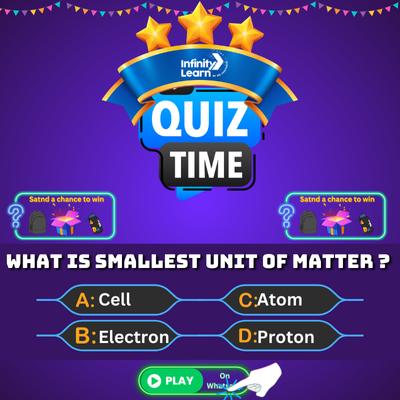Table of Contents
What is Tin Oxide and What are its Types?
Tin oxide is a type of white pigment that is used in many products, including paint, plastics, and ceramics. Tin oxide is also used as a sunscreen agent and as a food additive. Tin oxide is a type of inorganic compound that is made of tin and oxygen. Tin oxide is a white powder that is insoluble in water.

Types of Tin Oxide
There are three forms of tin oxide: white tin oxide, red tin oxide, and black tin oxide.
White tin oxide is the most common form, and is a very versatile material. It is used extensively in the electronics and semiconductor industries, where it is used as a dielectric and a resistive material.
Red tin oxide is a less common form that is used in the manufacture of ceramics and glass.
Black tin oxide is a very rare form that is used in specialized applications, such as in the production of electronic devices that require a very low level of electrical resistance.
1. Tin Monoxide –
Tin monoxide is a chemical compound with the formula SnO. It is a white solid that is insoluble in water. Tin monoxide is a basic oxide of tin. It can be prepared by heating tin metal with oxygen.
2. Tin (II) Oxide – Tin (II) oxide is a chemical compound with the formula SnO2. It is a black solid that is insoluble in water. Tin (II) oxide is a basic oxide of tin. It can be prepared by heating tin metal with oxygen.
Properties of Tin (II) Oxide
The solid state of Tin (II) Oxide is a white powder with a melting point of 824 degrees Celsius and a boiling point of 2,872 degrees Celsius. It is insoluble in water but soluble in acids. Tin (II) Oxide is a non-toxic, non-flammable substance.
Tin (II) Oxide Structure
Tin oxide has a structure that is composed of tin (II) ions and oxygen (O2-) ions. The tin (II) ions are arranged in a cubic structure, and the oxygen (O2-) ions are arranged in a tetrahedral structure.
Preparation of Tin (II) Oxide
In this lab, tin (II) oxide will be prepared by heating tin and oxygen together.
1. Obtain a crucible and lid, and place them on a clay triangle.
2. Weigh out about 2 g of tin and place it in the crucible.
3. Weigh out about 2 g of oxygen and place it in the crucible.
4. Heat the crucible until the tin and oxygen react, forming tin (II) oxide. This will take a few minutes.
5. Allow the crucible to cool, then weigh it to determine the mass of the tin (II) oxide.
2. Tin Dioxide-
This white powder is actually made up of two elements, tin and oxygen. Tin dioxide is used in a variety of products, including paint, plastics, and glass. It is also used in the production of batteries and ceramics.
Properties of Tin (IV) Oxide
Tin (IV) oxide is a white, odorless, and slightly soluble in water. It is a weak base and is amphoteric. It is a good conductor of electricity and is used in making semiconductors.
Tin (IV) Oxide Structure
The tin (IV) oxide structure is a simple cubic.
Chemical Properties of Tin (IV) Oxide
Tin (IV) oxide is a white, odorless, and tasteless powder. It is insoluble in water but soluble in acids. It is a weak Lewis acid.
Preparation of Tin (IV) Oxide
In a typical laboratory procedure, tin (II) chloride is dissolved in water and the resulting solution is acidified with hydrochloric acid. Tin (IV) oxide is precipitated as a white solid by addition of an alkali such as sodium hydroxide.
Uses of Tin Oxides
The main use of tin oxides is in the production of ceramics. Tin oxides are used as a glaze to give a shiny finish to ceramics. Tin oxides are also used as a pigment in paints and inks.








